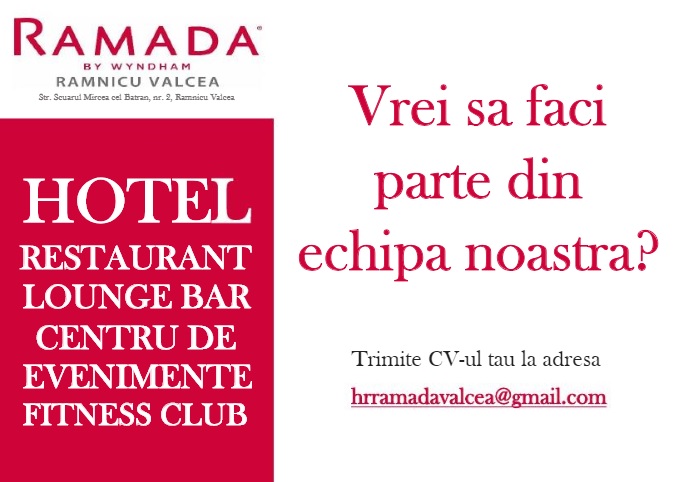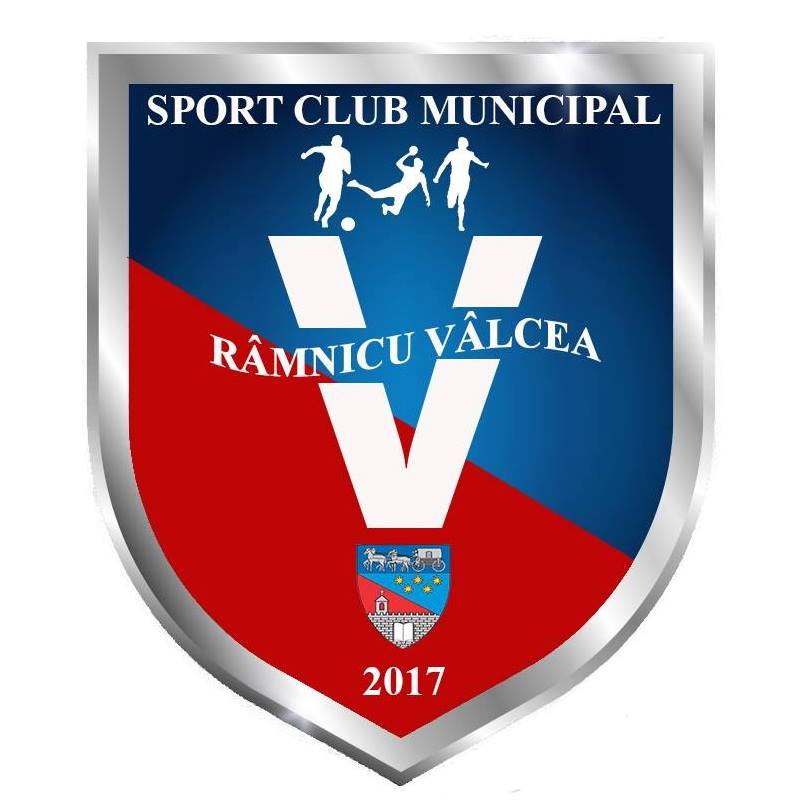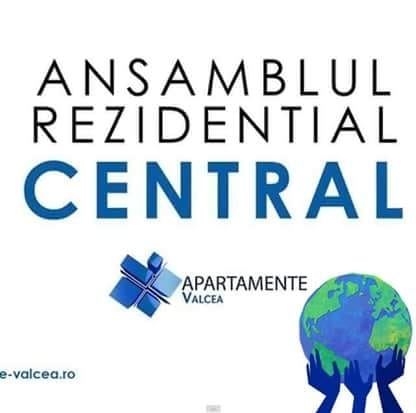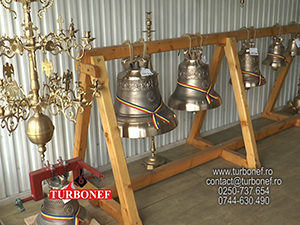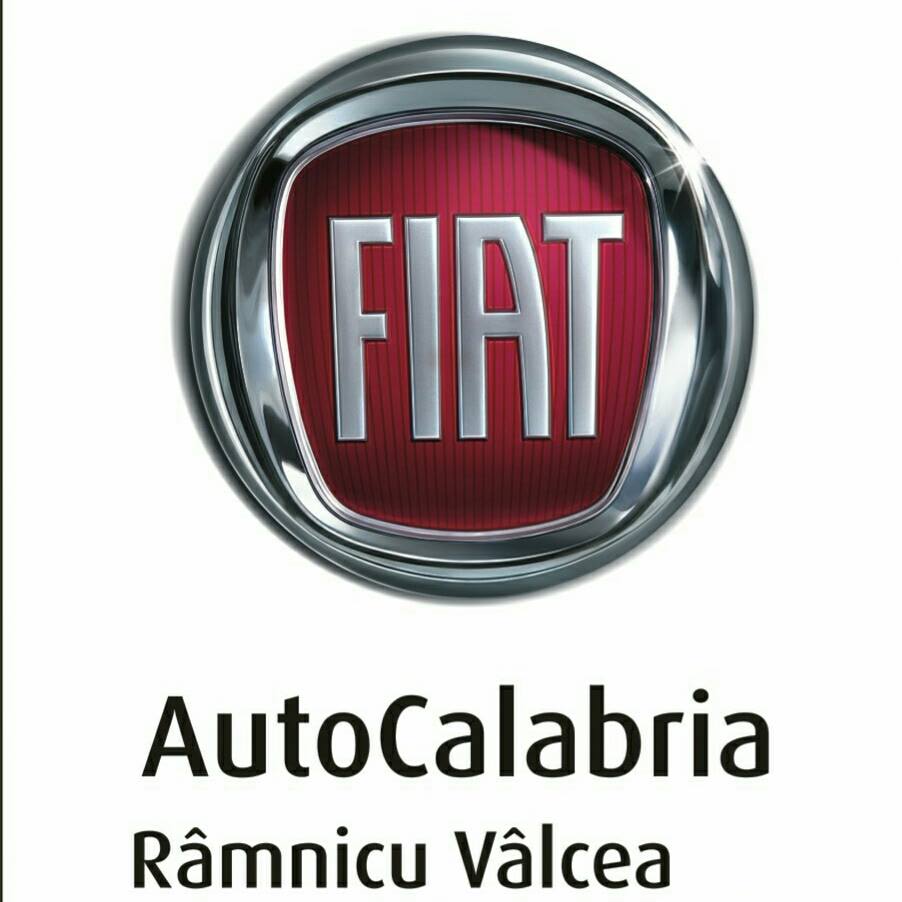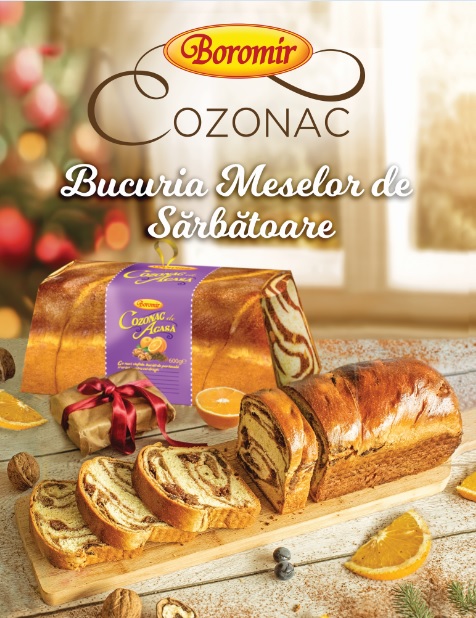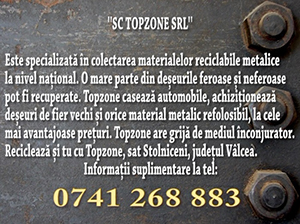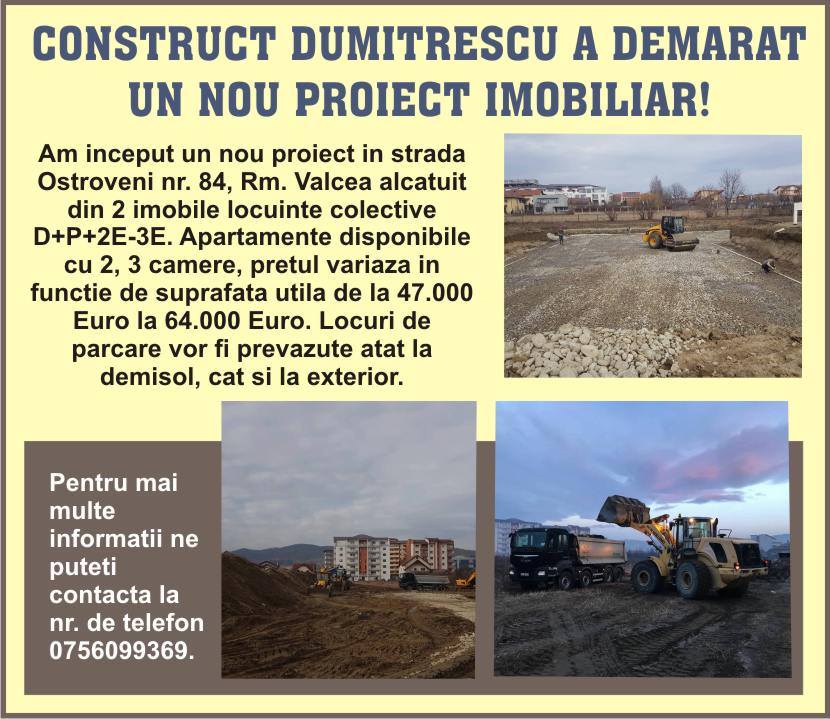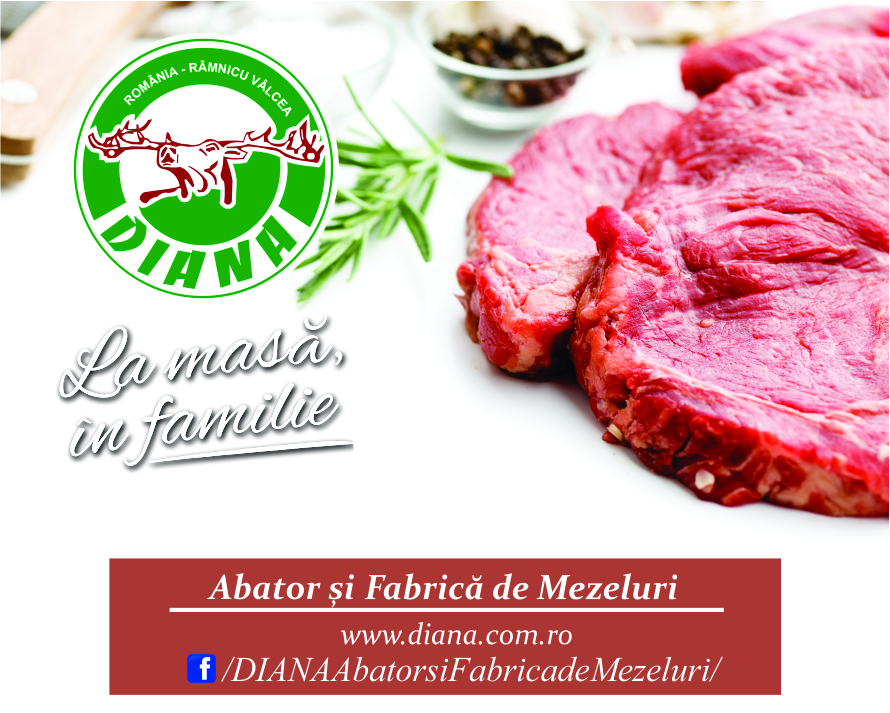Constantin Mateescu – „Râmnicul de odinioară”

„Umorul, gluma, ironia, plăcerea de a lua pe alţii în deriziune sînt trăsături recunoscute poporului român. La piaţă, aceste trăsături ies la iveală cu o bucurie crudă, cu o dezlănţuită poftă şi fervoare. Îmi amintesc de piaţa oraşului de odinioară, pe care o străbăteam în lung şi în lat de cîte ori mă trimiteau părinţii după cumpărături. Atracţia ei asupra mea era incontestabilă. În piaţă timpul dispărea, fiind înlocuit cu animaţia, cu forfota necontenită, cu febrilitatea oamenilor. Comportamentul individului e altul în piaţă decît aiurea, pe stradă sau într-o grădină publică.
E inutil şi aproape indecent să amintesc de bogăţia şi ieftinătatea pieţii de altădată, ce aparţine parcă unei epoci fabuloase, preistorice. De altminteri, mi-am propus să scriu îndeosebi despre mentalitatea oamenilor de odinioară; aceştia se întîlneau în piaţă nu numai ca să cumpere de-ale mîncării, dar şi să converseze, să facă pronosticuri asupra anului agricol, asupra vremii, sau să discute despre căderea guvernului conservator în Anglia. Transcriu cîteva rînduri despre piaţa Rîmnicului de altădată, scrise de Cella Delavrancea, căreia îi plăceau nu numai bisericile albe „ca mielul” sau străzile curate ale oraşului, dar o interesa şi piaţa, despre care face observaţii interesante: „Cînd cobori razele străzilor, dai de alt centru: piaţa, cu hale curate şi hora de zarzavaturi, celebrele zarzavaturi de pe lunca Oltului.
Aici e învălmăşeală de broboade, panglici, olărie ţărănească, adusă din fundul văilor, coşuri, icoane şi gogoşi calde. Umblă forfota ţărănimea atrasă de oraș ca fluturii de lumina lămpii. Chipul oltenesc e frumos. Ochii verzi cu gene stufoase, eleganţă în port, şiretenie în privire, deşteptăciune în grai. Tatăl meu spunea că modul de a vorbi oltenesc este cel mai nuanţat în termeni şi admira întrebuinţarea justă a timpului trecutul apropiat, înlocuind, cînd vrei să însemni un fapt recent, imperfectul…”În preajma halei, pe strada Traian, se înşirau o sumedenie de dughene şi prăvălii ale căror firme mai stăruie încă în memoria locuitorilor de altădată ai urbei. Aş aminti magazinul de încălţăminte „Dermata”, farmacia „Cojan”, mezelăria „Pereţ” şi cunoscutul magazin de mercerie şi manufactură „Hora ţărănească” al lui Moldoveanu, iar de partea cealaltă a drumului „Fraţii Codin” (băcănie), „La Ruleta” (mercerie) sau plăcintăria „Simantos”. Ele au rămas doar un ecou întîmplător în amintirea bătrînilor de astăzi ai Rîmnicului, care privesc cu blîndă ironie „boutique”-urile răsărite ca ciupercile prin tot oraşul, vînzînd aceleaşi mărfuri, la aceleaşi preţuri, şi perpetuînd sub altă formă modelul magazinelor standardizate ale de curînd apusei epoci comuniste.
Pe vremuri, piaţa nu era închisă între blocuri, ci se vedea din strada Traian, atrăgînd atenţia din prima clipă prin impozantul edificiu al halei. Era această hală, zidită la începutul secolului pe locul unde îşi instalau sălaşul circurile, o clădire cu care rîmnicenii pe bună dreptate se făleau. O fotografie de acum 60 de ani, executată înainte ca hala să fi suferit transformări, o arată în toată frumuseţea, cu rînduri de cărămidă aparentă alternînd cu zidărie şi cu înalte ferestre la faţadă, de un stil ce nuanţa sfîrşitul unei epoci. Alături, în latura de miază-zi, se afla hala de peşte „La Bibanu” unde se putea găsi de dimineaţa pînă seara peşte proaspăt. Trei-patru magazine de mărunţişuri își etalau cu ostentație mărfurile ţăranilor care puteau să cumpere de aici basmale, sfoară, mosoare, vase de bucătărie, tigăi, găleţi de zinc şi alte obiecte de industrie mică. Patronii prăvăliilor stăteau pe un scaun de lemn în faţa uşii larg deschise şi citeau jurnalele de dimineaţă („Curentul”, „Universul”), dînd bineţe trecătorilor, în timp ce băieţii de prăvălie cărau mărfuri, fumau pe ascuns chiştoace, sau măturau prin fundul magazinului. Dacă se întîmpla să intre vreun muşteriu pe uşă, patronul se ridica imediat şi începea spectacolul salamalecurilor, pe care tinerii cumpărători de astăzi n-au avut norocul să-l cunoască nici măcar la magazinele pretenţioase din centru. Tocmeala era o lege a pieţii. Nimic nu se vindea fără tocmeală (se foloseşte azi cuvîntul mai evoluat „negociere”) şi deseori cumpărătorul se tocmea numai pentru plăcerea de a-şi arăta perseverenţa. Noţiunea de „coadă” cu sensul cunoscut în cele cinci decenii de sărăcie dirijată nu intrase încă în perimetrul de observaţie al lingviştilor.
Cuvîntul „piaţă”, referitor la piaţa de odinioară, a căpătat un iz arhaic, ca o casă de la ţară cu miros de busuioc şi levănţică. Înţelesul lui adînc, adevărat, s-a pierdut cu timpul şi a rămas doar în memoria bătrînilor care privesc în faptul serii, cu ochii urduroşi, de la balcoanele cu rufe puse la uscat, imaginea contemporană a străzii. Piaţa de astăzi reflectă în mod invers evoluţia de o jumătate de secol a civilizaţiei în ţara noastră. Ea a pierdut, faţă de piaţa de odinioară, nu numai belşugul, dar şi fervoarea de care vorbeam mai înainte, necontenita agitaţie veselă şi bucuria ţăranului de a vinde, fiindcă olteanul, orice s-ar spune, e un negustor împătimit.”
Sursă: Constantin Mateescu, „Râmnicul de odinioară”, Almarom, Rm. Vâlcea, 1993, pp.199-201.
Râmnicu in the old days
“Humor, joke, irony, the pleasure of taking others in derision are recognized features of Romanian people. At the market, these traits emerge with a cruel joy, with an unleashed appetite and fervor. I remember the bygone days city market, which I crossed up and down whenever my parents sent me for shopping. Her attraction upon me was undeniable. In the market the time disappeared, being replaced with the animation, the ceaseless bustle, with the people’s restlessness. Individual behavior is another in the market than elsewhere, on the street or in a public garden.
It is useless and almost indecent to remember the wealth and the cheapness of yesteryear market, as if belonging to a fabulous prehistoric era. Moreover, I decided to write particularly about the mentality of the aforetime people; they met in the market not only to buy eatables, but also to chat, to make prognoses on the agricultural year, on the weather, or to discuss the fall of the Conservative Government in England. I transcribe several lines about olden Rîmnic market, by Cella Delavrancea, who enjoyed not only the churches white “like a lamb” or the clean streets of the city, but was also interested in the market, about which she makes interesting observations: ‘When you descend the rays of the streets, you run into another center: the market, with clean halls and vegetables row, the famous vegetables on the meadow of Olt.
Here is turmoil of wraps, ribbons, peasant pottery, brought from the bottom of the valleys, baskets, icons and hot doughnuts. The bustle walks the peasantry attracted by the city as butterflies by the light of the lamp. The face from Oltenia is beautiful. Green eyes with thick eyelashes, elegance in the garb, craftiness look, clever tongue. My father used to say that the way of speaking in Oltenia is the most nuanced in terms and he admired the just use of closes past time, replacing, when you want to mark a recent fact, the imperfect…” Near the hall, on Traian street, were strung a ton of stalls and shops, whose firms still linger in the memory of the inhabitants of the olden city. I would like to remind the shoe store “Dermata”, the pharmacy “Cojan”, the cold meats shop „Pereţ” and the known store of manufacture and haberdashery “Hora ţărănească” owned by Moldoveanu, and on the other side of the road „Fraţii Codin” (grocery shop), „La Ruleta” (haberdashery) or the pastry shop „Simantos”.They have remained just a casual echo in the memory of today’s elderly people from Rîmnic, who look with kind irony at the “boutiques” arising like mushrooms all over town, selling the same goods, at the same prices and perpetuating under a different form the model of standard stores of the recent bygone Communist era.
In the old times, the market was not closed between the blocks, but one could see it from Traian street, attracting the attention from the first moment through the imposing edifice of the hall. This hall was built at the beginning of the century, on the place where the circus used to be installed, a building that the inhabitants of Rîmnic are right to be proud of. A picture from 60 years ago, taken before the Hall having undergone transformations, shows in all its beauty, with apparent brick rows alternating with masonry and with high façade windows, of a style shading the end of an era. Next door, to the south side, is the fish hall “La Bibanu” where one could find from morning till evening fresh fish. Three-four chandlery stores displayed with ostentation the goods to the peasants which could buy from here kerchiefs, string, spools, kitchen ware, pans, zinc buckets and other small industry objects. The store owners stood on a wooden chair in front of the wide open door and read the morning journals (“Curentul”, “Universul”), greeting the by passers, while the stall boys were carrying goods, smoked stubs by stealth or swept in the back of the store. If a customer happened to enter the door, the owner rose immediately and started the show of salaam, which the young buyers today didn’t get the chance of knowing it, not even in the picky shops downtown. Bargaining was a law of market. Nothing was sold without haggle (today it is used the more evolved term “negotiation”) and often the buyer bargained only for the pleasure of showing his perseverance. The notion of “queue” with the known meaning in the five decades of directed poverty had not yet entered in the observation perimeter of linguists.
The word “market”, referring to the old market, has acquired on archaic flair, like a country house with basil and lavender smell. His deeper, true meaning was lost in time and stayed only in the memory of older people which look in the crack of evening, blear-eyed, from the balconies with laundry to dry, the contemporary image of the street. The market today reflects in reverse the half of century civilization evolution in our country. It lost to the once market, not only the plenteousness, but also that fervor I was talking about earlier, the continual joyful agitation and the peasant’s joy of selling, because the man from Oltenia, whatever said, is a passionate merchant.
Source: Constantin Mateescu, „Râmnicul de odinioară” (English: „Râmnicul in the old days”), Almarom, Rm. Vâlcea, 1993, pp.199-201.



